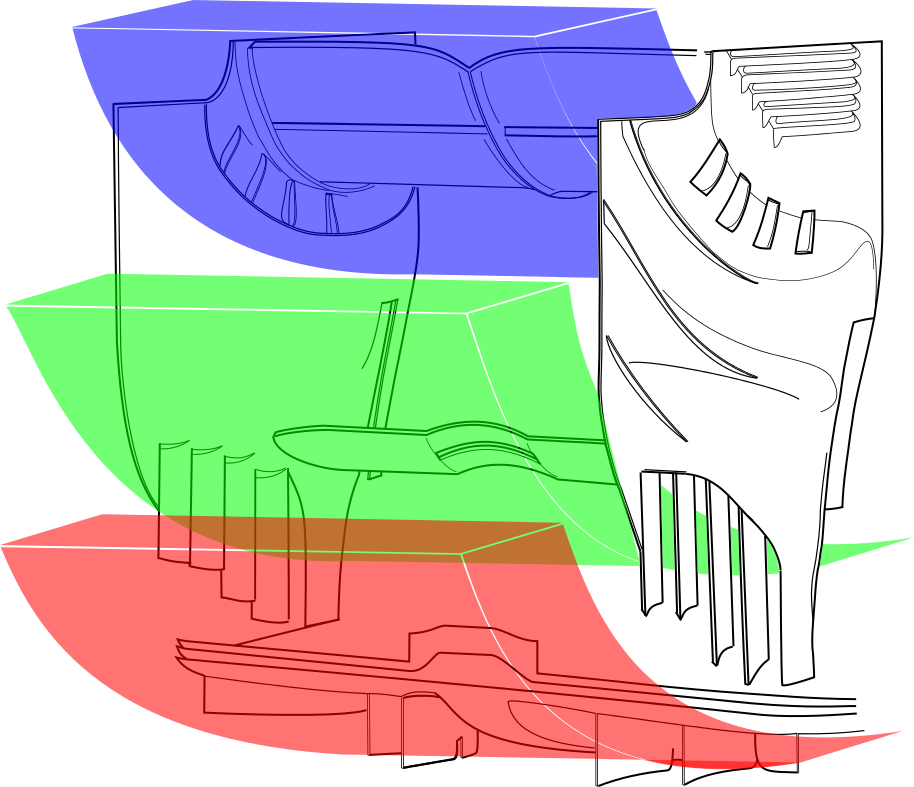You talk out of context
I don't, you are. What does the title say? "Dirty air sensitivity and regulations". It does not say DRS. Before you want to try to make insults about age or any mockery, please read the topic title and please stay on point. Your original comment was about numbers of overtaking being biased through DRS, which I did not contest. I did contest however this:
In that instance the cars will behave similarly to what they did in 2008 and before.
And this was my reply to it:
Far from it. Cars in 2008 were front downforce limited, meaning the rear was able to produce more then enough downforce, but limited to front downforce potentional. Nowadays it is the opposite. Concerning turbulent air that makes a whole lot of difference towards flow manipulation.
To which you included DRS, completely out of context:
There has been a lot more overtakes ever since DRS has been introduced. This is compared to what things were like in 2008. Is it that hard to understand? Would it still be the same if DRS is taken away? I think not.
You are first of all being factually making a wrong statement ("There has been a lot more overtakes ever since DRS has been introduced. This is compared to what things were like in 2008."), one just has to look at the table that overtaking in 2008 was much lower then it it is now with DRS. Second, you are that eager to throw in DRS. Except for correcting overtake numbers, this has no relevance.
I'll let the insulting slide this time. I made the comment that you need to think this through because you really are not fit for this discussion. That's not to rattle your cages, but because I mean exactly that. I did not warrant any backlash on this. Again, I'll ignore it this time, but next time your post is removed and you get a warning.
Just_a_fan wrote:miqi23 wrote: What I am trying to get at is that even though current cars have a lot less down-force compared to 2008 cars
The teams say otherwise and they, after all, have the numbers from each season so they know whereof they speak.
It's less. To quantify the difference is subjective, but neither would I say "a lot less". They were at their peak in 2010, 2011 and 2013. They are near that level. I remember one aero chief claiming 2010 downforce levels were higher then 2008.
Bhall II wrote:To be fair, you're saying, "the Overtaking Working Group's solutions have been ineffective," in just about the most complicated way possible.
To be fair, it would have effective if not for double diffusers. Aside DRS (I really hate how this masked this), in 2011 cars suddenly were able to follow much closer to one another in corners at the start of that season. Development ultimately undid this gain, but the solutions presented in 2009 were actually beneficial towards the goal if not for certain developments and oversights in the regulations.




